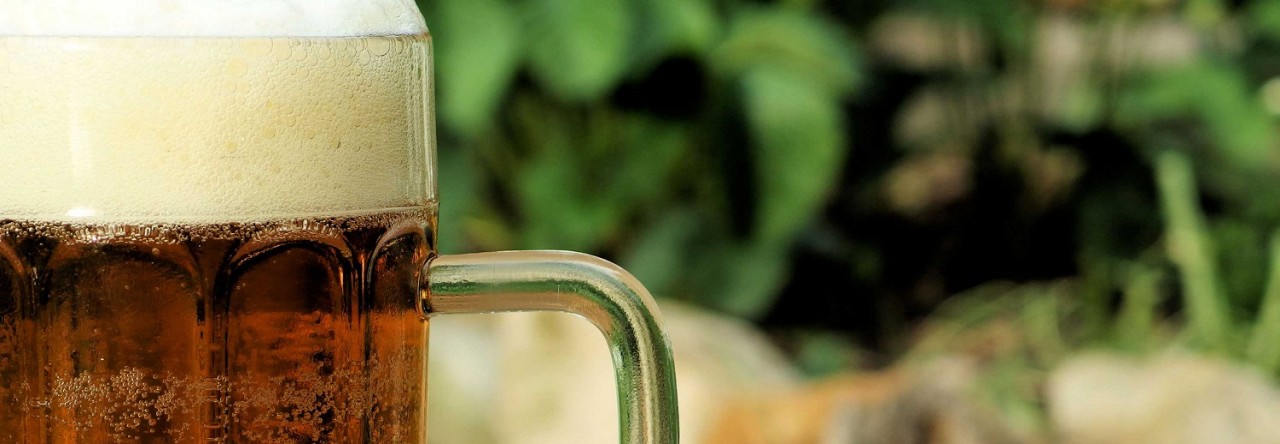For the other 13th pick from Jar of Destiny challenge, we tackled something truly ambitious: a Gueuze-style blended sour ale. This beer is the 2015’s BJCP category 23E, and instead of starting from scratch, I realized I already had some aged sour beers sitting in my basement.
They were waiting for destiny or, more likely, the drain. Rather than waste them, I decided to blend these older batches with a fresh, newly brewed sour ale. The result? A complex, funky, and refreshingly tart homebrew that brings together multiple layers of age, character, and wild fermentation.
The Recipe: It Blends!
To make the freshest component of this blend, I brewed a simple extract-based sour ale. Here’s the recipe:
Ingredients
Malt:
55% Pilsner dry malt extract, 45% wheat dry malt extract (enough to reach an OG of 1.055)
Hops:
1 oz of locally grown ornamental hops (60-minute boil)
Yeast:
½ packet of Safale US-05 (for primary fermentation)
1 packet of Lallemand WildBrew Philly Sour (for developing tartness)
Water:
Spring water
Fermentation: 28 days at 75°F in a plastic bucket
Once fermented, this beer had some interesting flavors but wasn’t quite sour enough. That’s where the blending came in.
I took three parts of a three-year-old sour ale, one part of a five-year-old batch, and one part of this fresh beer to create the final blend.
This mix allowed the aged, funky, and barnyard characteristics to shine while maintaining a bit of body and malt sweetness from the new batch
Gueuze Tasting – A Complex Beer
This beer turned out to be a wild ride of flavors and aromas. Right off the pour, it had a thick, long-lasting head with insane lacing. The aroma was a mix of bready, slightly floral, and funky notes—think bagel crust, cherry blossom, and just a touch of acetic acid. Swirling it in the glass released layers of horse blanket, leather, and earthy Brett character, making it deeply complex. On the sip, the body was surprisingly soft and malty, but the acidity balanced it all out with notes of pear, cherry, and just a hint of tannin. The carbonation was cranked up to match classic Gueuze effervescence, which really helped to lift the aromas.
This experiment was, thankfully, a success. If you have the patience (and space) to age sour beers, blending them into something new is an incredibly rewarding experience. If nothing else, it’s a great excuse to keep wild beers on hand and see what time does to them. Stay tuned for our next Jar of Destiny pick—who knows what we’ll brew next!
We surely don’t. BREW ON!
Links To The Jar of Destiny Series Results
Check out the British Strong Ale post
Check out the Black IPA post
Check out the International Amber Lager post
Check out the Belgian Tripel post
Check out the Double IPA post
Check out the Kölsch post
Check out the English IPA post
Check out the Wood-Aged Beer post
Check out the Belgian Golden Strong Ale post
Check out the American Amber Ale post
Check out the German Pils post
Check out the Brett Beer post
Check out the Munich Helles post
Check out the Imperial Stout post
Check out the Foreign Extra Stout post
Check out the Belgian IPA post
Check out the Eisbock post
Check out the Czech Dark Lager post
Check out the California Common post
Check out the American Light Lager post
Check out the Pale Kellerbier post
Check out the Belgian Pale Ale post
Check out the Trappist Single post
Check out the Classic Style Smoked Beer post
Check out the Czech Amber Lager post
Check out the Gueuze post
Check out the Irish Stout post
Check out the Tropical Stout post
Check out the Schwarzbier post
Check out the American Wheat Beer post

Leave a Reply